If you don't understand the secret of milk, you don't know how to add milk to coffee.
Professional coffee knowledge exchange more coffee bean information please follow the coffee workshop (Wechat official account cafe_style)
The secret of milk
Milk and espresso are the "soul elements" that make up most drinks in coffee shops. The process of making a cup of milk coffee is not easy at all, and it takes a lot of patience, and it excites coffee lovers when witnessing baristas combine milk with coffee in the final step.

We should never ignore the importance of milk to coffee and how to make good use of it. The practice of adding milk to coffee began in the 16th century, and although we can no longer trace how it began, we cannot deny its delicious effect. Today, most consumers choose cappuccino, caffeine latte or other milk coffee when they come into contact with coffee for the first time, so for many people, milk coffee is the door to the world of boutique coffee.
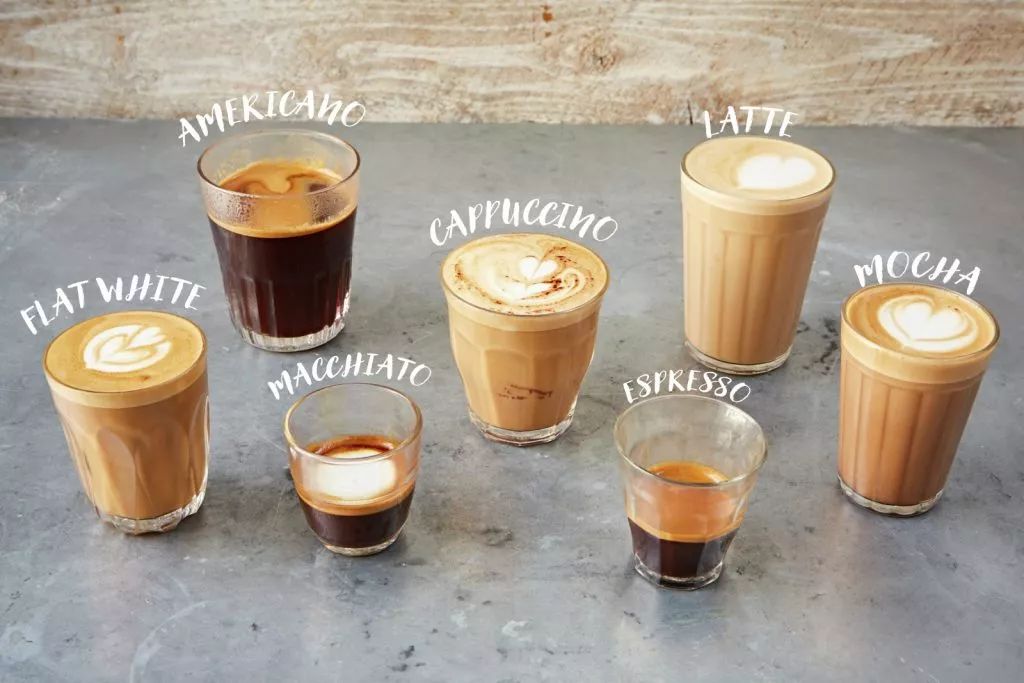
Like coffee, the quality evaluation of milk can be completely subjective. The taste and taste of milk are affected by a variety of factors, including not only the breed of cows, the diet before milk production and the way the milk company treats its products, but also the protein in milk. Fat and lactose (natural sugar derived from milk) content and other factors.
What kind of milk will taste right for coffee?
1. Fat.
Milk with higher fat content has a relatively better foam density.
The fat content of long-lasting milk was concentrated between 3.4--3.6g/100g, while the fat content of fresh milk was as high as 3.8g.
On the whole, the foam density and foam maintenance of fresh milk are better than those of long-lasting milk.
So, if you want a cup of mellow milk foam to pull flowers, choose high-fat milk.
2. Protein.
The higher the protein content of the milk, the stronger the "milk flavor". Milk with high protein and fat content will have a creamy flavor.
The protein content of fresh milk was lower than that of Baojiu milk as a whole.
So, if you want milky milk, choose one that is relatively high in protein, and vice versa.
3. Carbohydrates.
Milk with high carbohydrate content has a relatively high sweetness.
The carbohydrate content of fresh milk was higher than that of Baojiu milk, and the sweetness of fresh milk was higher than that of Baojiu milk as a whole.
So, if you want sweet milk, choose one that is high in carbohydrates.
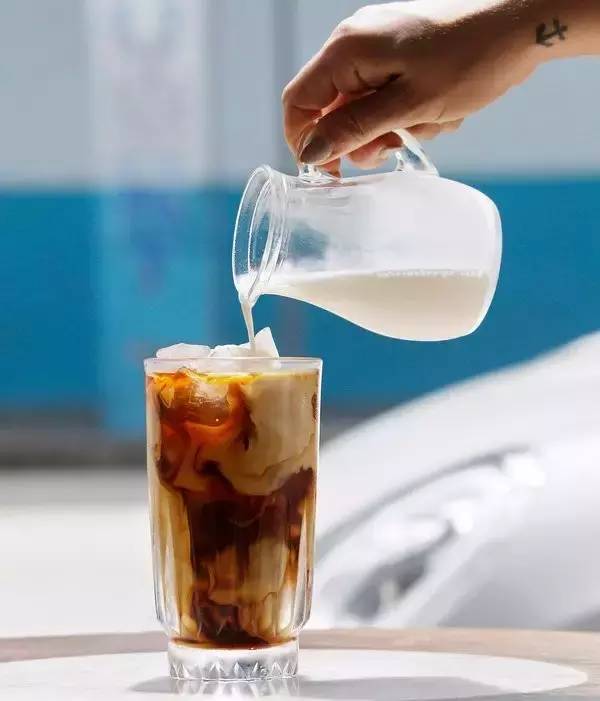
Baristas should know how important the way we heat milk and inject air into milk is to make a drink that meets strict standards. The process of foaming hardens the protein molecules and stores the air in the molecules to heat the fresh milk to the right temperature. -too high temperature will destroy the original flavor of milk, and too low temperature will lead to lukewarm effect of drinks. Although different types of milk have different performances, there is always a temperature that can maximize the sweetness of milk and perfectly combine the strong flavor of espresso. We call it the "best point". We can find this "best point" through repeated experiments, but it is usually between 60 and 70 degrees Celsius.

The skill of hand temperature measurement in milking bubble
Now that we know that the most suitable temperature for milk is between 60 and 70 degrees, how can we handle this temperature? Personal advice is that you need to be equipped with a thermometer, you can insert the thermometer directly into the foamed milk, so that the temperature of the milk will be clear at a glance. Of course, due to the accumulation of experience, you can finally get rid of the thermometer and measure the temperature of the milk foam directly by hand.
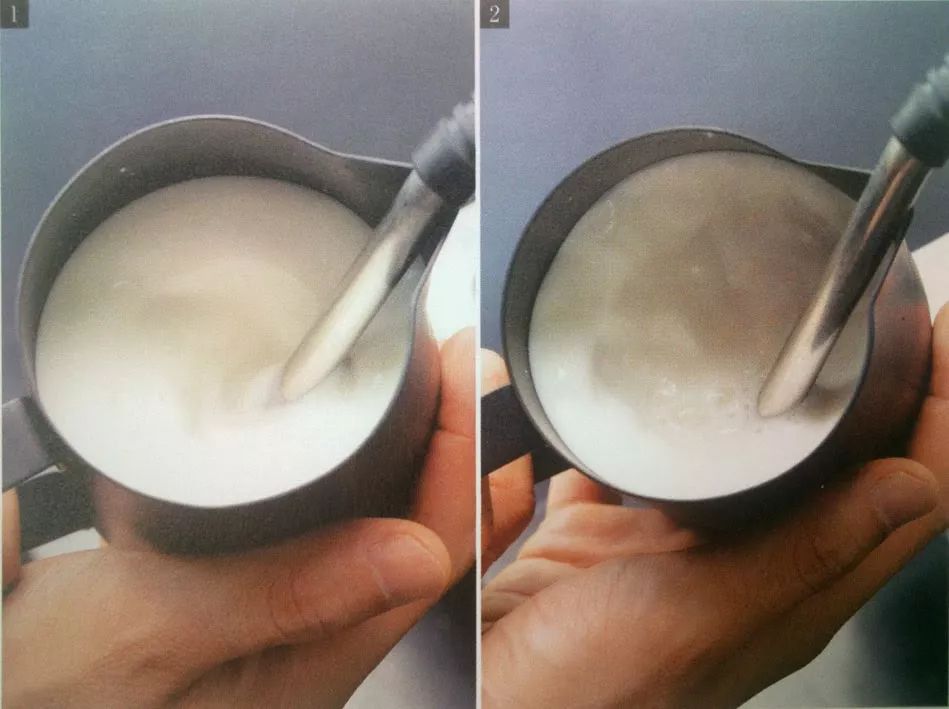
The techniques are as follows:
1. Hold the milk jar in the left hand, turn on the steam in the right hand, and start foaming.
2. After turning on the steam, stick your right hand back to the wall of the milk tank and feel the temperature of the foam.
3. When your hands feel so hot that you can no longer stick to them, you can stop foaming milk, then insert the thermometer into the foam and measure the temperature.
4. If the temperature does not reach the range of 60 degrees to 70 degrees, it is recommended that you remove the palm of your hand the next time you foam until you are hot, and start counting 1, 2, 3, 4 in mind. This is usually done in seconds, for example, if you move your hand away from the bottle, and after four seconds, the temperature has reached 65 degrees. Congratulations, you have found the rule. In the future, you can add about four seconds when you are hot.
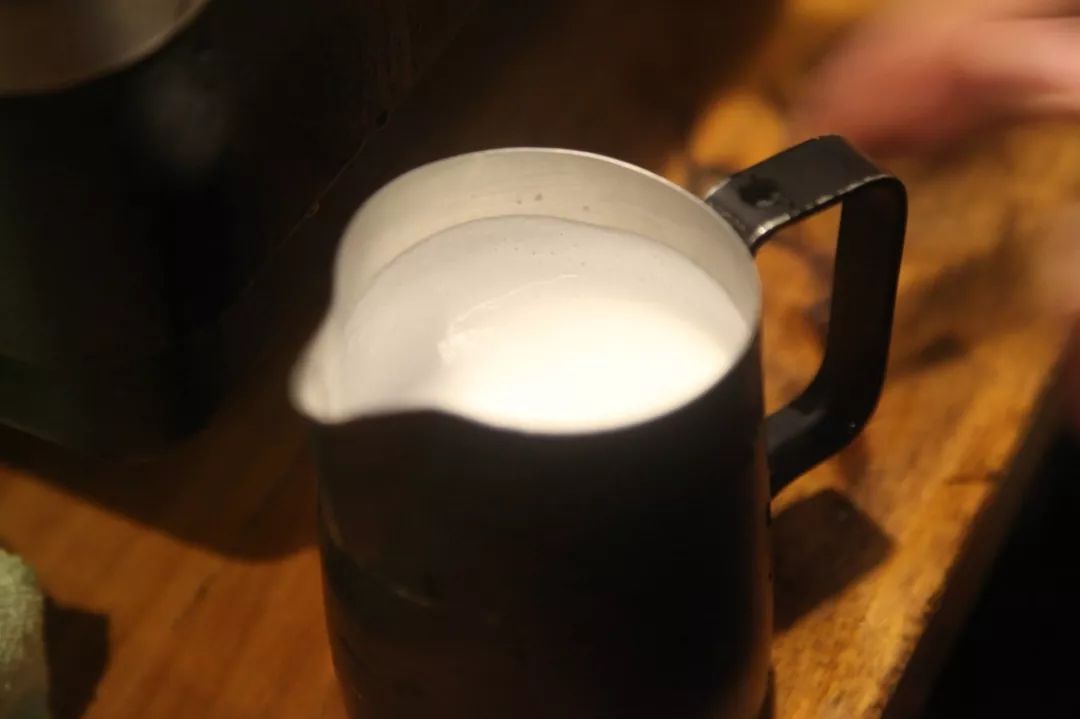
The texture of milk foam is also important for baristas who want to pursue perfection. Air should be injected into the milk at the initial stage of milking to provide enough time for the heated milk to form a whirlpool and merge with the bubbles. This process turns larger bubbles into a slippery and uniform liquid state, which is what we call microbubbles. This micro-foam should be similar to melted ice cream. It is with the high-quality micro-foam that baristas can freely pull out wonderful patterns on the noodles of every latte and present them to every customer.

After centuries of exploration and innovation, milk has become the preferred companion of coffee. It is said that a good partner will make the other half a better self, we believe that a good milk will also make a more perfect cup of coffee, bring a more enjoyable coffee experience!
END
Important Notice :
前街咖啡 FrontStreet Coffee has moved to new addredd:
FrontStreet Coffee Address: 315,Donghua East Road,GuangZhou
Tel:020 38364473
- Prev
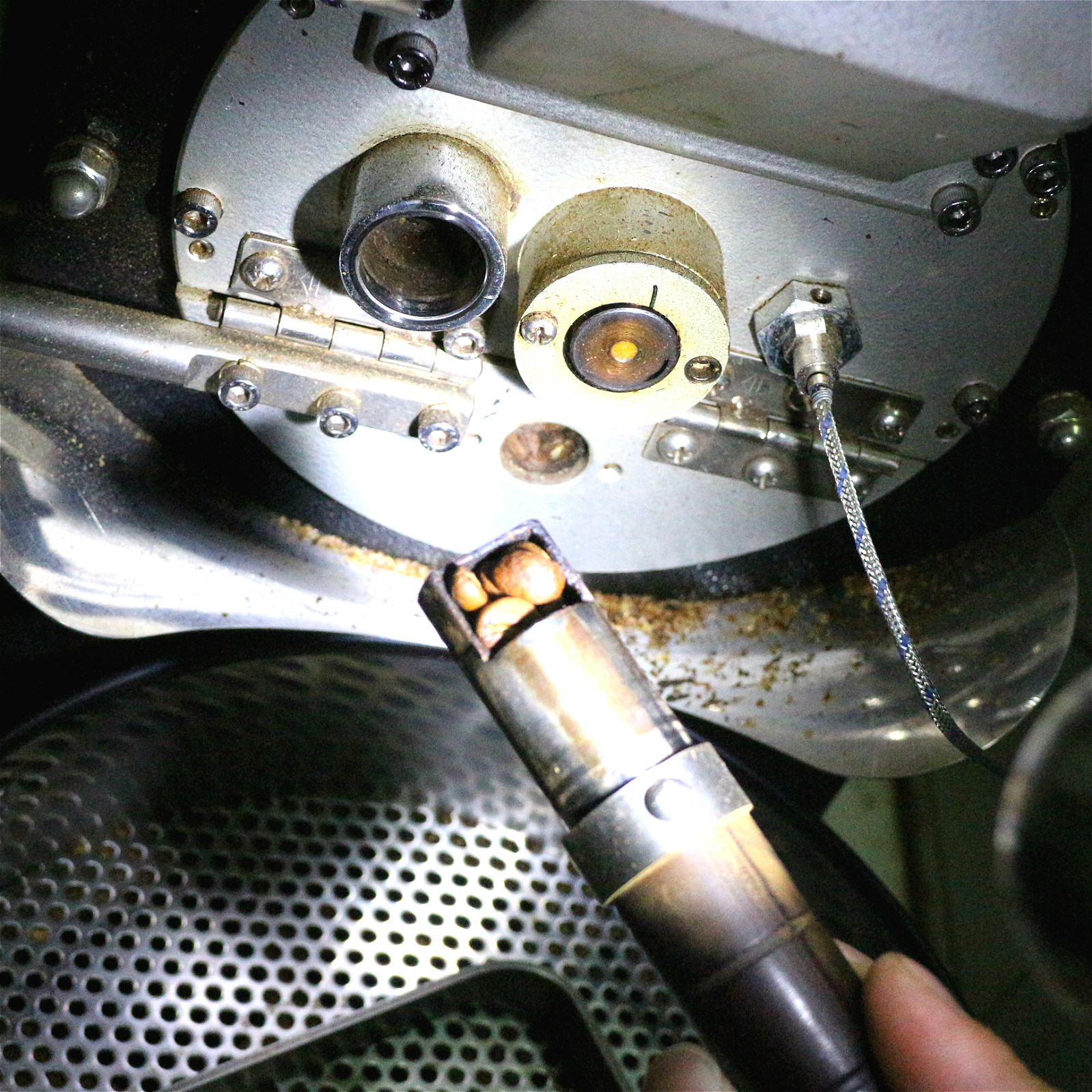
What's the difference between raising beans and awakening beans? How should coffee be brewed on different dates?
Professional coffee knowledge exchange more coffee bean information please follow the coffee workshop (Wechat official account cafe_style) usually when we get a bag of coffee beans we can't wait to open it and rush into a cup to taste what it tastes like! But have you ever thought that coffee beans are not as fresh as possible? Roasted coffee takes a while to raise, that is, us.
- Next
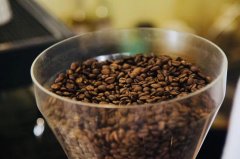
How do you make espresso? What factors affect the extraction of a cup of espresso?
Do you feel bitter and astringent every time you drink concentrate? Maybe you opened it in the wrong way! I feel that it is not difficult to concentrate Italian style, it is just the matter of grinding powder one by one, pressing one button after another and then pressing a switch. Not really, in fact, in just a few minutes, there are a lot of fastidious! First of all, let's take a look at coffee beans! Yeah, that's right. I want to make a stable cup.
Related
- What is the meaning of lactic acid fermentation with coffee bean treatment?
- How to judge the state of foam by sound?
- How does the latte pull out the unicorn pattern? Come to get for a little trick to improve the flower pull!
- Will flower pulling affect the taste of the latte?
- Do you know the history of coffee?
- The difference between honey treatment and sun washing what is raisin honey treatment?
- What kind of milk can a novice use to make coffee foam to keep the foam longer? The correct method and skills of milking tutorial sharing
- Why do washed coffee beans taste sour? Flavor characteristics of washed Coffee
- Introduction to the skill of how to practice the size and height of water injection around the circle of hand-brewed coffee
- How do beginners practice coffee flower drawing from scratch?

